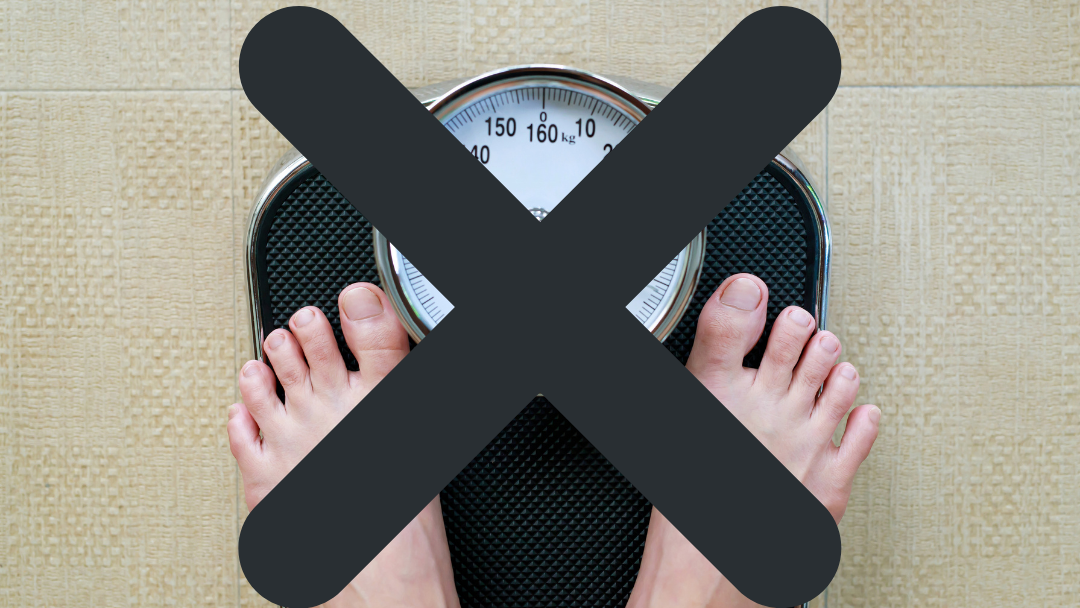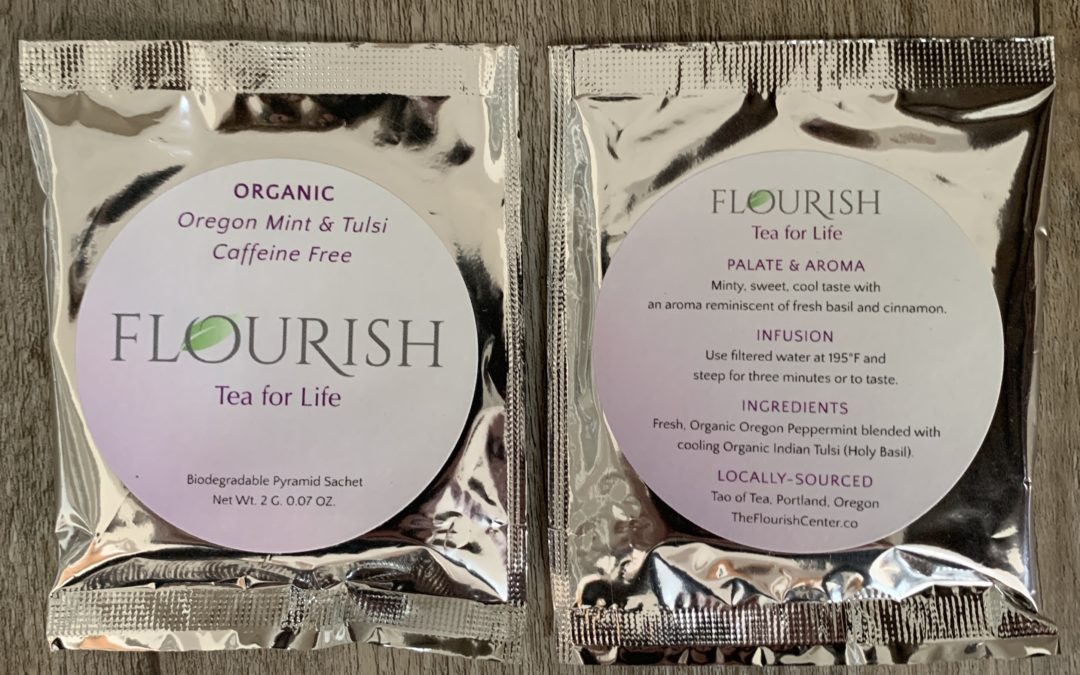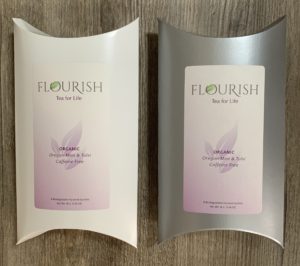
by Jen Owen, N.P. | Jan 6, 2022 | Mind-Body Medicine
What if instead of setting a weight loss goal, restricting calories, over-exercising, and any other form of self-punishment, you simply asked your body what it wants?
When I first starting getting personal and business coaching, this concept was introduced to me.
Frankly, I thought it was ridiculous.
I was all about the nutrients in food, getting the “right” amount of protein, restricting foods when a certain condition called for it, and all the other stuff based on scientific research and the experience of my mentors.
I’ve tried just about every fad diet out there…Whole 30, low-carb, candida cleanses, blood type diet, Weight Watchers, keto,…you name it, I’ve probably tried it. I’ve always had the rule that I won’t ask a patient to do anything I’m not willing to do (so, you’ll never have to worry about giving up coffee!).
None of them are sustainable and most of them have you working AGAINST your body and not WITH it.
Every day, I have a conversation with my patients that starts with, “Have you asked your body what it really wants?”.
Some of them look at me like I’ve lost it. Most are curious about what I mean.
Your body will tell you exactly what to eat, how to exercise, when to go to bed, and what to stop/start doing if you take the time to ask it. But, you have to actually do what it tells you to do.
Most of you are ignoring your body’s signals. You get a headache, so you take ibuprofen. Your stomach hurts, you take tums. You get a gut feeling not to go to an event and you go anyway. You know exercise is optimal for you, but you binge watch that new show instead. You get the idea.
Ignoring your body over and over again creates distrust. Your body stops signaling or signals so loud that you are forced to stop and notice. When the signals get crossed, you get discouraged and the cycle starts over again. Make sense?
The good news is that your body wants more than anything to support you. It’s striving to bring you back to balance at every moment. You CAN rekindle your relationship.
Simply start asking and then slow down long enough to hear the answer. When you feel hungry, don’t ignore this even if you’re busy. Go into the kitchen and ask your body, ‘What sounds really good?’. Wander around looking at the options and see which ones feel the best. Eat those. Do the same thing at the grocery store. Buy the things that look and sound amazing to eat.
At first, you may still think you want something sugary or salty and sometimes you still will. More often than not, you’re going to want veggies or fruit. My body often wants nut butters and avocados.
When you’re done with work each day, ask your body, ‘What sounds amazing to do next?’. Maybe it will be a nap or a walk or to call a friend. Do whatever your body says without questioning. You may be taking a nap every day for awhile.
Keep practicing. Your relationship with your body won’t heal overnight, but with persistent asking and listening, you’ll be surprised how much better you’ll feel and you won’t have to starve or suffer in the meantime!
Want more help with transformations like this? Come and see me at my Portland clinic.

by Jen Owen, N.P. | Dec 10, 2021 | Mind-Body Medicine
Mindset shifting is something I do every day for myself, my patients, and my coaching clients.
One of the basics of mindset work is first to understand what kind of mindset you operate under. In her book, Mindset: The New Psychology of Success, Carol Dweck, Ph.D. introduces us to the concept of Fixed versus Growth Mindsets.
A Fixed Mindset is when you believe your qualities are carved in stone. You might believe you have a certain amount of intelligence, a certain personality, and a certain character. Those in a Fixed Mindset tend to focus on proving themselves, on proving that what is certain about them is actually the concrete and only truth.
They are constantly evaluating themselves with questions like,
“Will I succeed or fail?”
“Will I look smart or dumb?
“Will I be accepted or rejected?”
Fixed Mindset people tend to play it safe, not taking risks for fear of failure or embarrassment.
On the opposite side, is the Growth Mindset.
When you operate under a Growth Mindset, you believe that your basic qualities are the things that you can cultivate through your efforts, your strategies, and from getting help from others.
You believe you can change and grow through application and experience. Growth Mindset people are willing to take risks and make mistakes, because they know whatever happens will present them with an opportunity to learn and grow.
They ask very different questions such as,
“Why waste time proving over and over how great you are, when you could be getting better?”
“Why hide deficiencies instead of overcoming them?”
“Why seek out the tried and true, instead of experiences that will stretch you?”
Growth Mindset people allow for what is possible and know that a person’s true potential is unknown. They go for it anyway!
So, what type of mindset is the basis for how you operate in the world?
Do you believe that you are “just how you are” and that things “are just this way”?
Or, do you believe things can be different for you?
Do you believe that with the right tools and support, you could change yourself and the course of your life?
What could be possible for you if you had a different mindset?
It’s honestly not that hard to shift your mindset. Once you establish a few new habits and routines and gain a deeper understanding of what mindset it most optimal for you, you can more easily reach your goals and intentions.

by Jen Owen, N.P. | Dec 2, 2021 | Seasonal Health
Many years ago, I was the herbalist at a garden & nature center. Every year I would lead a workshop on Herbal Gift Making. I was thinking about these fun and informative classes and thought I would share these ideas with you today.
These are perfect gifts for those on a budget or those who wish to give something more personal for the holidays.
Herbal Potpourri Sachet:
Use a small (3 in x 3 in or 4 in x 4 in) piece of cloth. Place your herb blend in the middle, tie tightly with a rubber band, and then cover the band with a pretty ribbon or twine. It will look something like this:


Possible herbs to include:
Lavender
Roses
Chamomile
Mint
Sage
Lemon Balm
Lemon Verbena
Rosemary
Herbal Vinegar
Use an attractive clear bottle (old wine bottles work great). Add sprigs of fresh herbs and a couple of garlic cloves. Fill with vinegar (white, white or red wine, cider or other) and close tightly. Herb vinegars can be used in salads, sauces, or marinades.
Possible herbs to include:
Rosemary
Basil
Sage
Oregano
Tarragon
Mint
Thyme
Dill
Look for jars like these:




Herbal Tea
Place your herb blend in a small mason or decorative jar, pack individual tea bags  , or include a tea ball with the gift
, or include a tea ball with the gift 
 . Instructions with the gift would say something like this: “Add 1 tsp. herb mixture or one tea bag to cup. Pour boiling water over herbs, cover and let steep 10-15 minutes. Relax and enjoy!”
. Instructions with the gift would say something like this: “Add 1 tsp. herb mixture or one tea bag to cup. Pour boiling water over herbs, cover and let steep 10-15 minutes. Relax and enjoy!”
Herbs to consider in a blend of your choice:
Relaxing Blend:
Lavender
Chamomile
Roses
Passion Flower
Blue Vervain
Catnip
Skullcap
Tummy Blend:
Mint
Sage
Chamomile
Fennel
Ginger
Licorice
Holiday Blend:
Cinnamon sticks
Peppermint
Ginger
Chicory
Clove
Nutmeg
It is fun and easy to make Herbal gifts.
If you don’t have time to make your own…
Buy Local!
Consider gifting a package of Flourish Tea (a mint & tulsi blend locally made in Portland).

Let me know if you’d like to pick some up. Packages are available in white and silver.

by Jen Owen, N.P. | Oct 8, 2021 | Integrative Medicine
I asked for suggestions for blog posts and found that many people would like ideas on how to beat insomnia (trouble sleeping). Insomnia can mean different things to different people. Some people have trouble falling asleep, some have trouble staying asleep, and some have both.
Insomnia can be caused by many factors and anyone who has followed me or seen me as a patient will know that I strongly believe in finding the root of the problem. It can be caused by stress, hormonal changes, adrenal imbalances, thyroid issues, food sensitivities, alcohol overindulgence, certain medications and more. If these simple tips don’t help you sleep, then you really need to see a practitioner who can help you get to the bottom of your sleep struggles.
Practical Sleep Tips
First, let’s look at some practical tips for insomnia.
~Avoid caffeine later in the day.
~Establish a regular routine of going to bed at night and rising in the morning. Many people sleep better if they are asleep before 10pm.
~Use a white noise machine or fan to block out noise.
~Make your room as dark as possible. Even a small amount of light, like from an alarm clock can confuse your system to thinking it is daytime.
~Don’t eat large meals late in the day and limit fluids after 8pm if you are getting up to urinate during the night and cannot get back to sleep.
~Add meditation to your life to help with stress.
Supplements for Insomnia
If you’ve tried all of those things and nothing helped, you can try some over-the-counter herbs and supplements for insomnia. My two favorite supplements to help you sleep are melatonin and magnesium.
Melatonin helps to reset your circadian rhythm, which affects your sleep/wake cycles. Melatonin resets your internal clock to tell your body when to sleep and when to wake. A dose of 2-3mg for a few weeks will often do the trick. For long-term use, I recommend a dose of 1mg or less.
Magnesium deficiency can cause excitability in the muscles and the brain. It plays important roles in the contraction and relaxation of muscles and less understood roles in the nervous system. I’ve found magnesium to be very beneficial for many people with insomnia, especially those who can’t sleep due to aches and pains or restless legs. It also seems to have a calming effect on the brain, allowing for more restful sleep. The dose of magnesium depends on the type you are taking. Check out this blog for more information on insomnia.
Herbs for Insomnia
As usual, herbs are my favorite remedies for insomnia. Herbs for sleep are gentle and work very effectively. Valerian is an old favorite for insomnia and is a non-addictive. The root is the part used for medicine and can be taken as extract, capsules, or tea, if you are brave. Valerian smells a bit like dirty old socks. Some people, including yours truly, are stimulated by Valerian, but this does not seem to be true for most people.
Skullcap is one of my personal favorites for insomnia, as well as mild anxiety. It doesn’t have a sedating effect, but works to strengthen the entire central nervous system. When the nervous system is strong, there’s much less nervous stress, thus inducing more restorative and peaceful sleep.
Chamomile is another great herb for insomnia and most people really enjoy the taste as a tea. Chamomile helps to calm the nerves and relieve tension. It also has anti-inflammatory effects, so can relieve mild aches and pains and digestive disturbances.
Good quality sleep is so important. We cannot be the best we can be if we are not restoring all of our systems each evening. We should all be getting 7-8 hours of sleep each night and a little more when we can. If you are not sleeping well, give these suggestions a try. I have a few other tricks up my sleeve, as well if they do not work and you would like to schedule a consultation.
Like what you are reading here and want more? Sign-up for my weekly newsletter on the bottom of this page and I will send weekly health and wellness information right to your inbox. Please share this post with your family and friends who may benefit from the information.
Wishing you blissful beauty sleep!

by Jen Owen, N.P. | Sep 10, 2021 | Mind-Body Medicine
Getting Comfortable with Joy
How comfortable are you with feeling joy?
I know that question might seem silly, and you may be thinking, ‘Of course I’m comfortable with feeling joy’.
The truth is that most of us aren’t.
From a young age, we’ve been doing things on our own, proving our worth with effort, and feeling like we have to cross one barrier after another.
We are comfortable with struggle and effort.
When things in our lives start to slow down, when we finally reach our biggest goals, when we have everything we’ve been wishing for, we often don’t know how to enjoy it all.
This was definitely true for me.
After a divorce, 2 nursing degrees, single motherhood, and maintaining a home with an acre of land on my own, things changed for me.
I found my life partner and I created the integrative practice of my dreams.
I had someone to help me care for my home, support me in motherhood, and help me with all the things it takes to own your own practice.
I had love and support from many angles and my patients were thriving.
I basically had, “it all”.
Yet, I found it hard to enjoy it. I couldn’t get comfortable with the joy.
I realized that my comfort was in struggle, effort, and proving myself.
When struggle is our norm, the brain receives its reward from more struggle. We feel good when we accomplish things, when we defeat odds, and when we get more done.
Reward doesn’t come from things like rest, play, pleasure, and joy.
When we want more joy, happiness, and satisfaction, we have to reward these things in big ways. We have to retrain our brains to look for more of these things rather the opposite .
If the only reward your brain gets is from struggle, you may be unintentionally creating more of it so that your brain feels safe and comforted.
If you want to get more comfortable with joy, you must reward yourself for it.
Relish in rest.
Delight yourself with pleasures when they come your way.
Savor every bite of delicious food.
Do more happy dances when things are feeling good.
Get used to good feeling emotions and allow them to flood your being.
If you want more joy in your life, you literally have to allow it.
You have to make it comfortable.
Schedule an appointment now or consider joining my signature, transformational program, The Flourish Way™ Experience for guidance on feeling more joy in your life!










Recent Comments